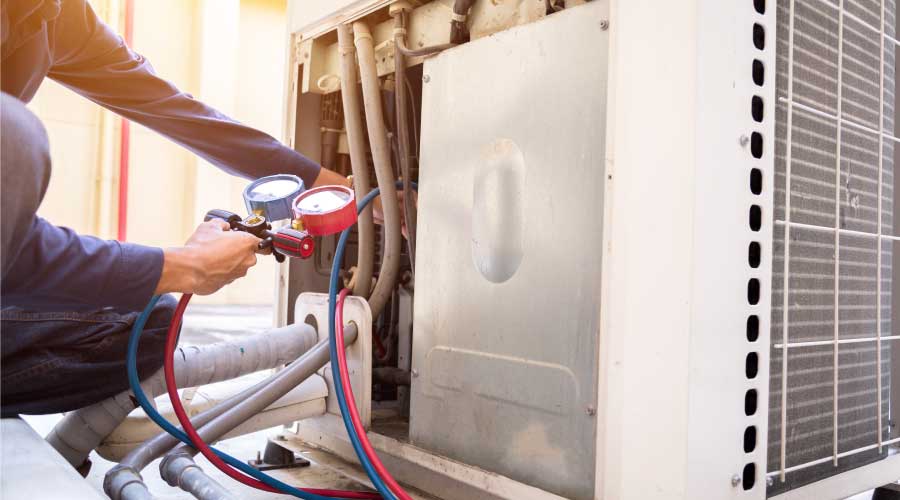How to Catalog and Analyze Motors and Drives
Savvy management of motors and drives means knowing the components operating in an institutional or commercial facility and planning ahead for their repair and eventual replacement.
Reactive replacements driven by failure rather than planning can result in the installation of motors and drives that might not be best-suited for the application. Since these components can last for decades, a poor decision can cost an organization tens of thousands of dollars.
To streamline the management of motors and drives, maintenance and engineering managers need to develop strategies for efficiently cataloguing and analyzing these products within their facilities, identifying problem equipment, especially as it relates to energy efficiency, and fully understanding replacement options.
Taking Stock
Managers can use computerized maintenance management systems (CMMS) to catalog and analyze motors and drives by treating them as parts of a three-component system: the equipment the system drives, the drive itself, and the motor. One example would be a specific air supply or exhaust blower connected to a motor by a V-belt drive that transfers power and adjusts speed. It would consist of a sheave mounted on the motor shaft and a sheave mounted on the blower shaft.
Managers can use these steps to more efficiently catalog and analyze motors and drives:
- Fill in all the fields in the CMMS equipment-record template at the time of installation or replacement.
- Create reason codes — such as broken part, corrosion, or operator error — and action codes — which can include cleaned part, replaced part, and adjusted part — in the work-order set-up for further root-cause analysis.
- Use written work orders for emergencies, routine repairs, and preventive maintenance (PM) and predictive maintenance (PdM) activities. Record completed work, labor and materials included in the job, and reason and action codes, where applicable. Most CMMS automatically transfer work-order data to the equipment history when the technician closes the work order.
- Analyze the collected data, including mean time between failures, mean time to repair, and root-cause analysis, to determine the cause of the failure. Was it corrosion, wear, heat, operator error, or another cause? The data, along with energy costs, form the basis for decisions on continuous improvement, repair or replacement, and comparison of alternatives to motors and drives.
Departments can best catalog motors using a unique asset-identification number that purchasing or inventory managers assign at the time of purchase, as well as location and nameplate information. Complete nameplate information is essential for getting correct parts and replacement motors. Attached to the housing by the manufacturer, the nameplate lists: the manufacturer; serial number; model number; volts; full-load amps at rated voltage; horsepower (hp); efficiency; and rpm.
The nameplate also lists the motor's phase, whether single — usually less than 10 hp — or three phase. A three-phase motor costs less than a single-phase model and has a longer life but requires a three-phase distribution system.
Related Topics:













